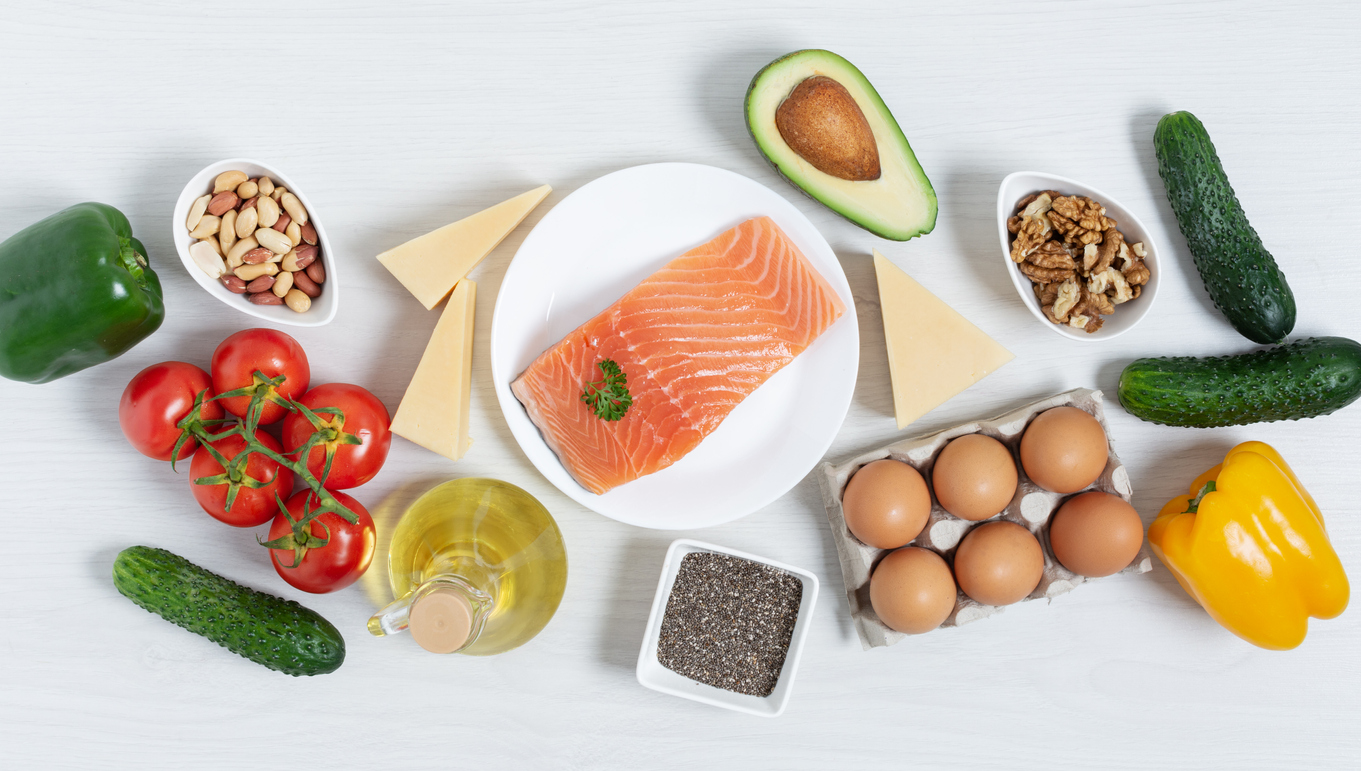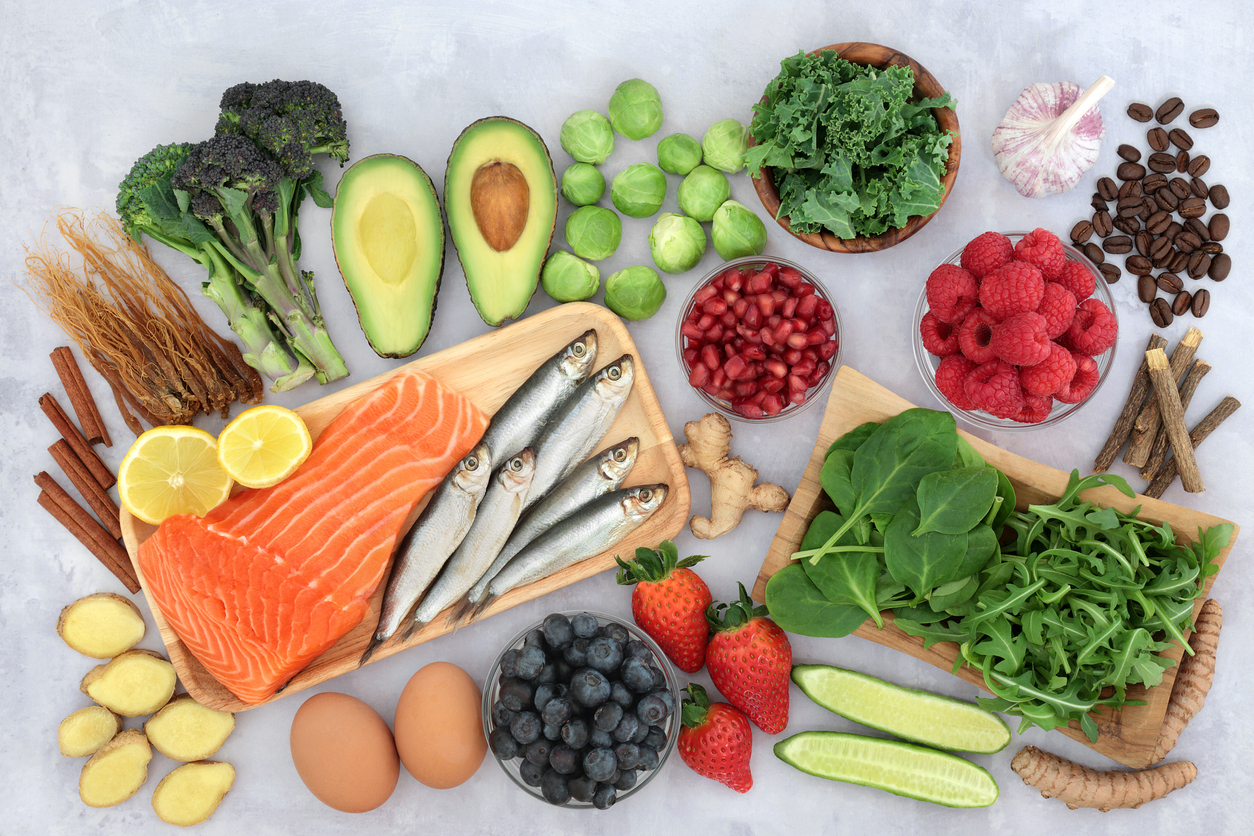Wellness
The Canadian Food Guide

History of the Canadian Food Guide
The first Canadian Food Guide (the “Official Food Rules”) was published in July 1942. The Canadian Food Guide is a collection of recommendations from Health Canada concerning healthy eating. This guide is well-researched and free from commercial influence. In February 2019, a version reflecting the most recent scientific research surrounding nutrition was introduced.
Current food guide version
The 2019 version of the Canadian Food Guide is no longer one document, but is now a collection of resources emphasizing healthy food choices. It identifies mindful eating, such as being aware of what, when, why, where and how, individuals eat. This can help create awareness of hunger cues, prevent eating due to boredom, and incorporate positive changes in eating habits.
It is important to cook at home as often as possible, instead of eating out or consuming processed foods. Vegetables, fruits, plant-based proteins, and whole grains are good substitutes for easy-accessible options that may be unhealthy. Cooking also allows control over the ingredients in a recipe, such as sauces and processed foods.
Being aware of marketing strategies used to sell food is critical in making smart nutritional decisions. Food producers advertise products as delicious, simple and appealing; however, many marketed foods and drinks are unhealthy. The Canadian Food Guide encourages individuals to read all nutritional facts labels in order to make informed decisions concerning the amount of sodium, saturated fat, and sugar consumed.
Other suggestions include reducing the consumption of animal-based products and replacing them with plant-based foods (e.g., soy, beans, lentils, avocados, plant oils, and nuts). Salmon, trout, mackerel and sardines are good sources of protein that contain healthy fats. Choosing water to drink provides hydration without calories. Low-fat dairy products provide important nutrients, such as calcium and vitamins A, D, B12 and riboflavin, while also helping to reduce blood pressure.
The plate method
The “plate” method is modeled after eating plans, such as the Mediterranean Diet and DASH Diet, which have been scientifically researched and shown to reduce the risk of cardiovascular disease. It replaces the previously used “rainbow” model for suggested eating. The plate method recommends half of a plate to consist of vegetables and fruits, and the remaining half be divided equally between proteins and whole grains.
Quality and proportions of food is emphasized over quantity and number of food items consumed. The Canadian Food Guide is a general guide that will not apply to everyone in Canada. Adjustments are needed on an individual basis due to restrictions, nutritional needs, physician recommendations, allergies, activity levels, age, pregnancy, breastfeeding, etc. Nutrients required for children are different from adults.
Additional sources: Concordia University, Heart and Stroke Foundation of Canada and Ottawa Public Health


















